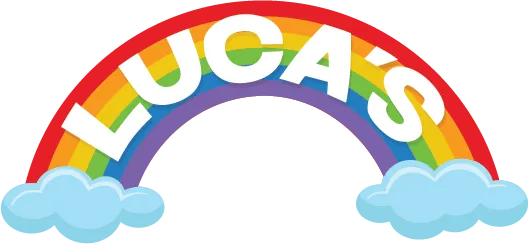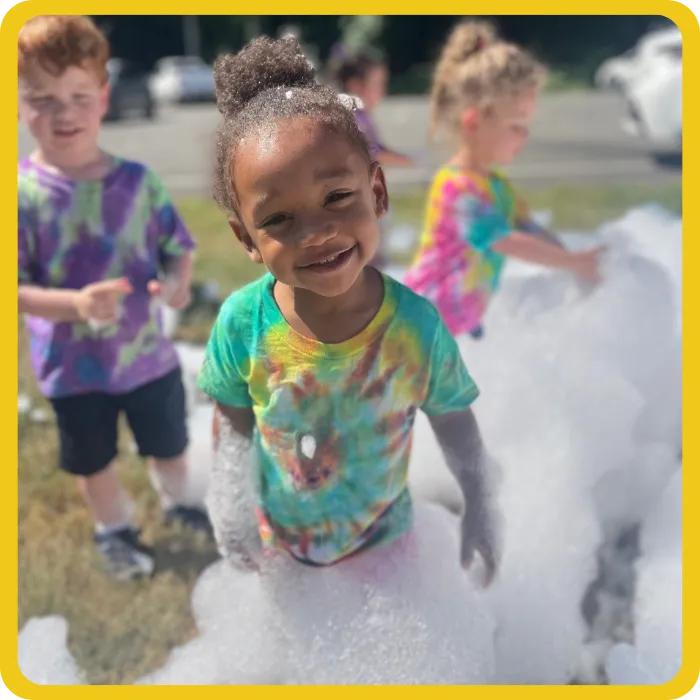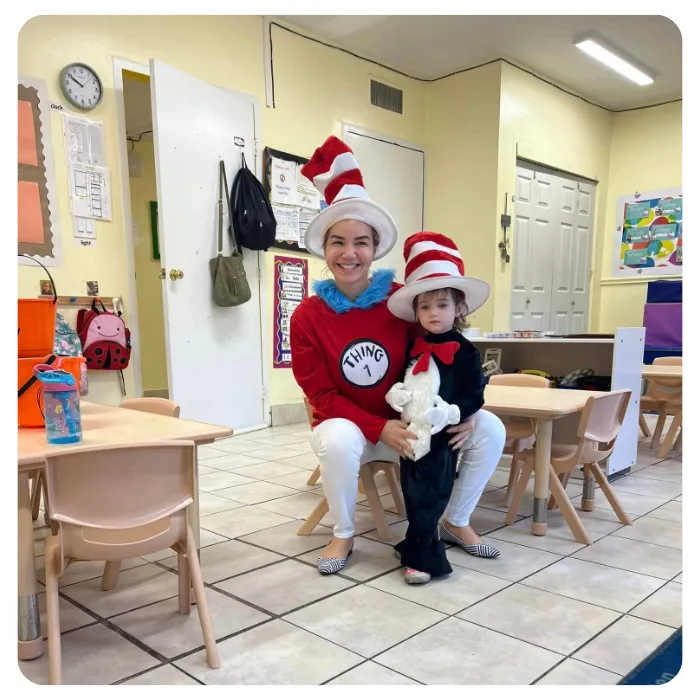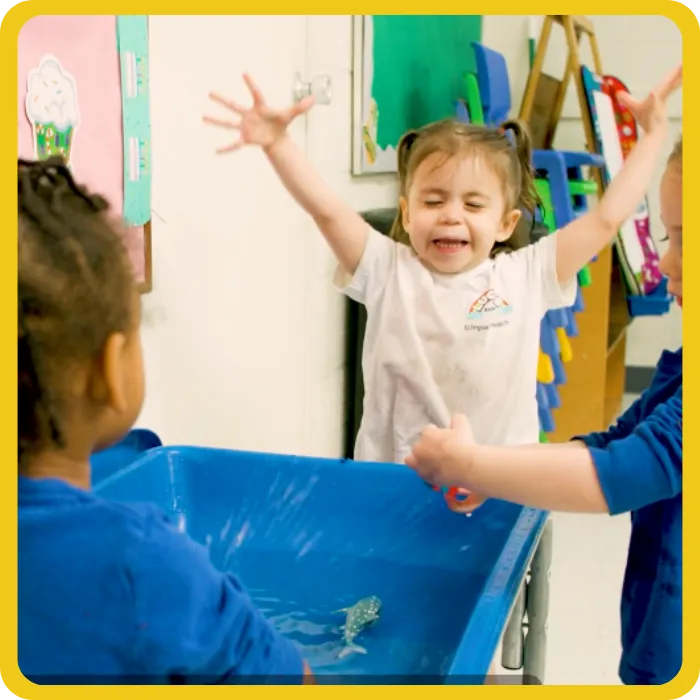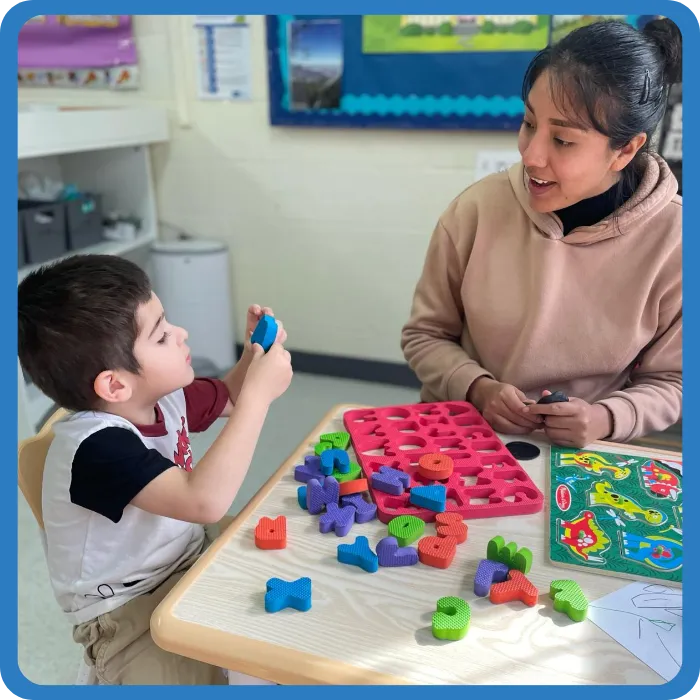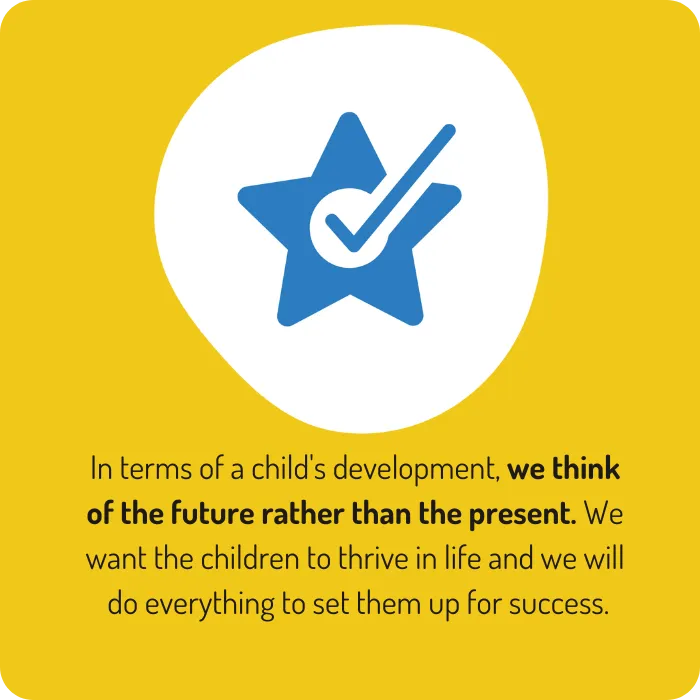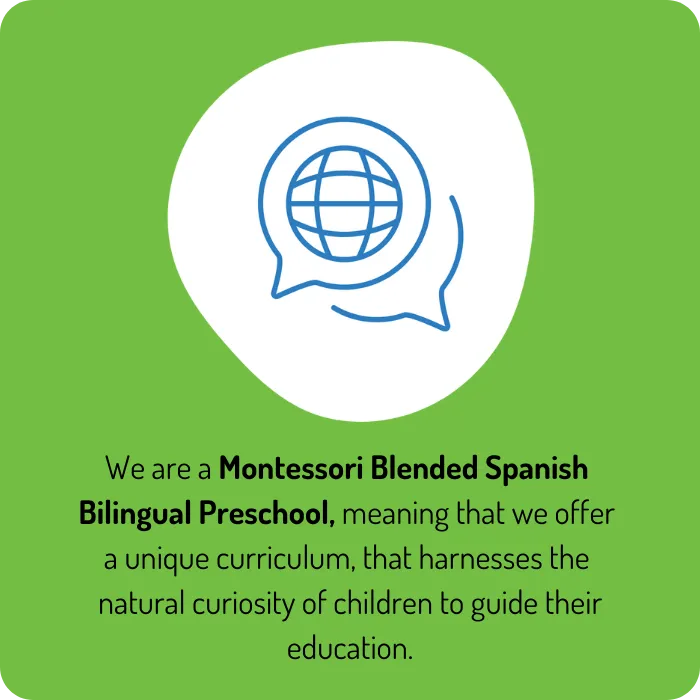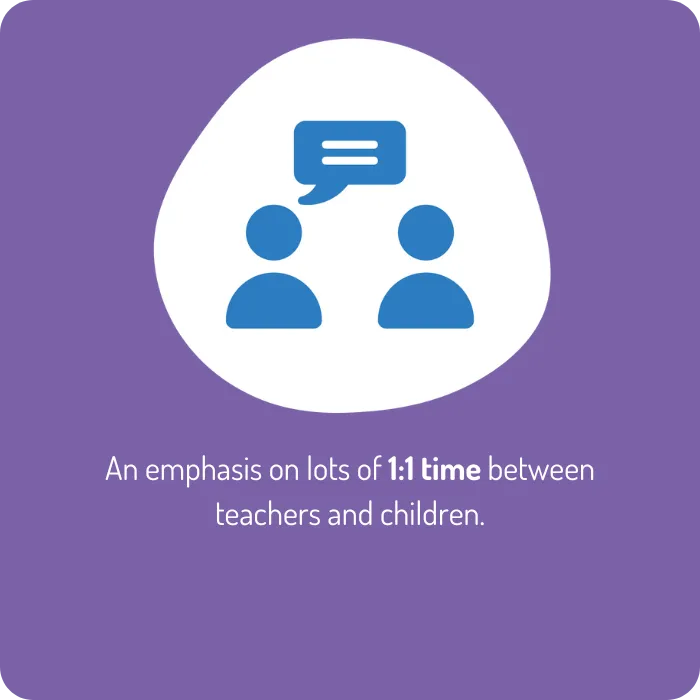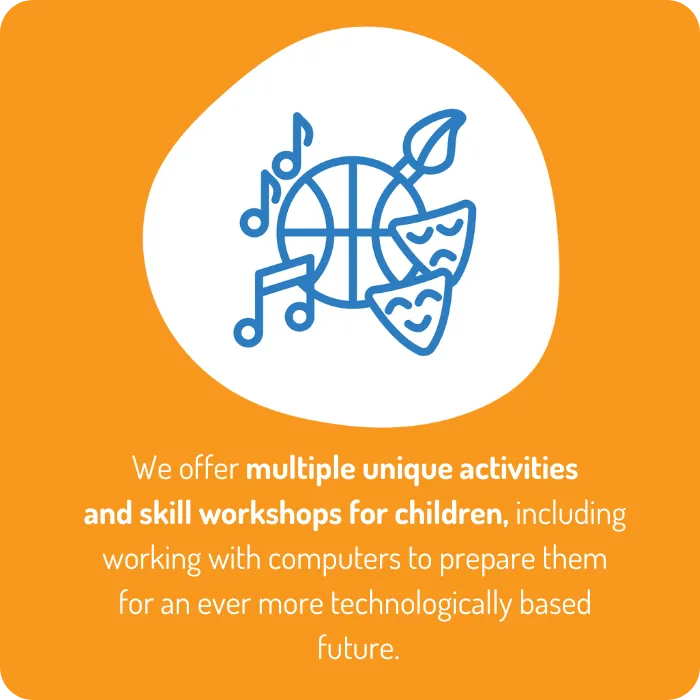Best Bilingual Preschool & Childcare Service In Springfield, VA
High-quality, Blended Montessori-Bilingual Preschool for children aged 4 months to School Age (6 and older)
Monday to Friday, 7 AM - 7 PM
The perfect place where your child can learn to read, write, and speak Spanish in a nurturing environment.

6335 Little River Turnpike, Alexandria, VA 22312
5312 Backlick Rd. Springfield, VA, 22151

Why Choose Luca's Rainbow Bilingual Preschool for the best child care in Springfield & Alexandria?
Everything we do is centered around our amazing children and it is our mission to provide the highest-quality childcare and education for your child. This is a magical time in your child’s development and it’s our job to provide a place that encourages children to explore the world around them! Through our blended bilingual Spanish Montessori curriculum, your child builds the everyday skills they need. We also pride ourselves on the Spanish Bilingual Program we offer our little ones.
In our daycare, we help children expand their comfort zones in a way that’s safe, secure, and highly individualized.
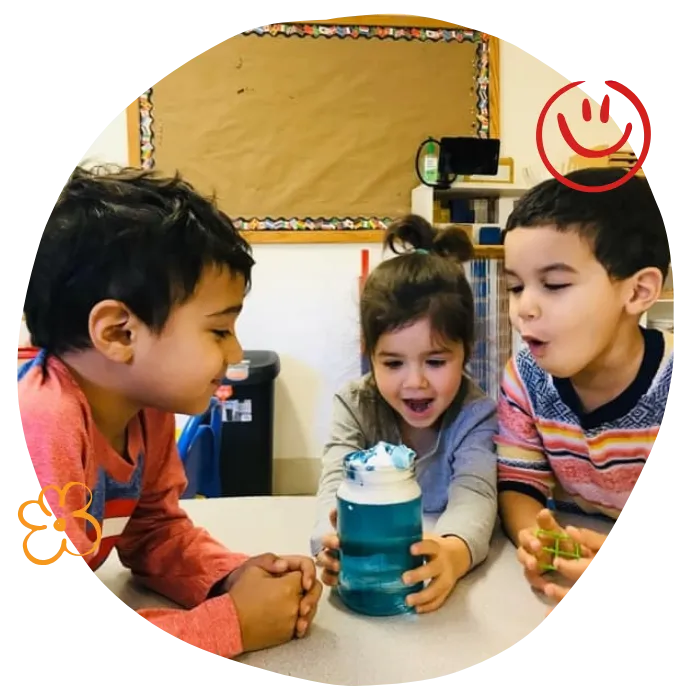
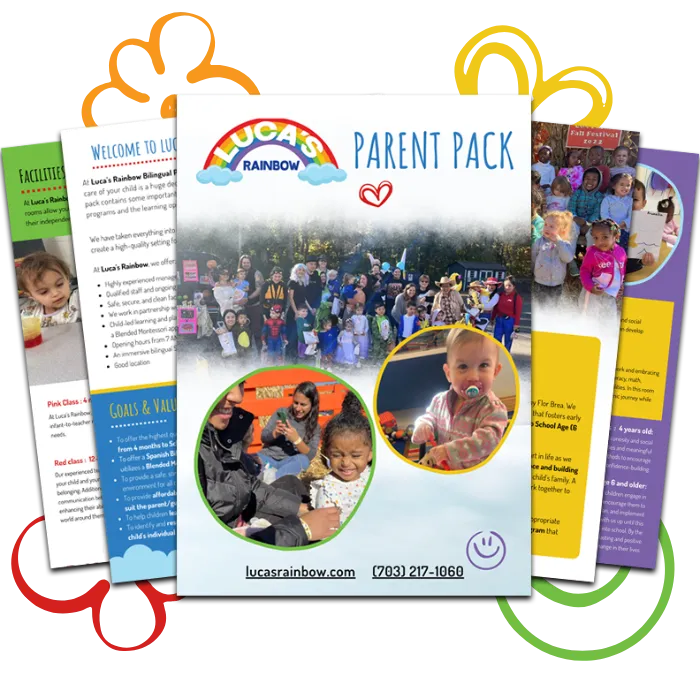
Get Our FREE Parent Pack
We’d love to send you a FREE parent pack, full of helpful information about Luca's Bilingual Preschool…
About our Springfield & Alexandria Location
We’re proud to offer high-quality childcare at both our Springfield and Alexandria locations, making it easier for families across Northern Virginia to access exceptional early education.
Our Springfield center, opened in 2023, is easily accessible via major roads and public transport—ideal for busy commuting parents. Our Alexandria location, at 6335 Little River Turnpike, is just as convenient and welcoming.
At both centers, our dedicated team focuses on nurturing life skills, confidence, and school readiness—all in a safe, caring environment that puts children first.
We LOVE our parents and we're so proud to share some of their thoughts with you ....
What We Believe
At Luca's Rainbow, we have a team of childcare experts and educators who are at the forefront of the latest industry innovations in childhood development and learning.
We are also committed to partnering with parents to raise enthusiastic, smart, and capable children!
Our curriculum focuses on empathy, kindness, and respect for others and the world around us, all in a Spanish-bilingual environment.
Through interactions with other children and educational materials, your child will learn about the world while forming friendships that could last a lifetime.
Meet The Director of Luca's Rainbow Preschool
Amazing Facilities For Your Child
Here's a small sample of some of the great things your child can enjoy when they join our setting…

Amazing Facilities For Your Child
Here's a small sample of some of the great things your child can enjoy when they join our setting…
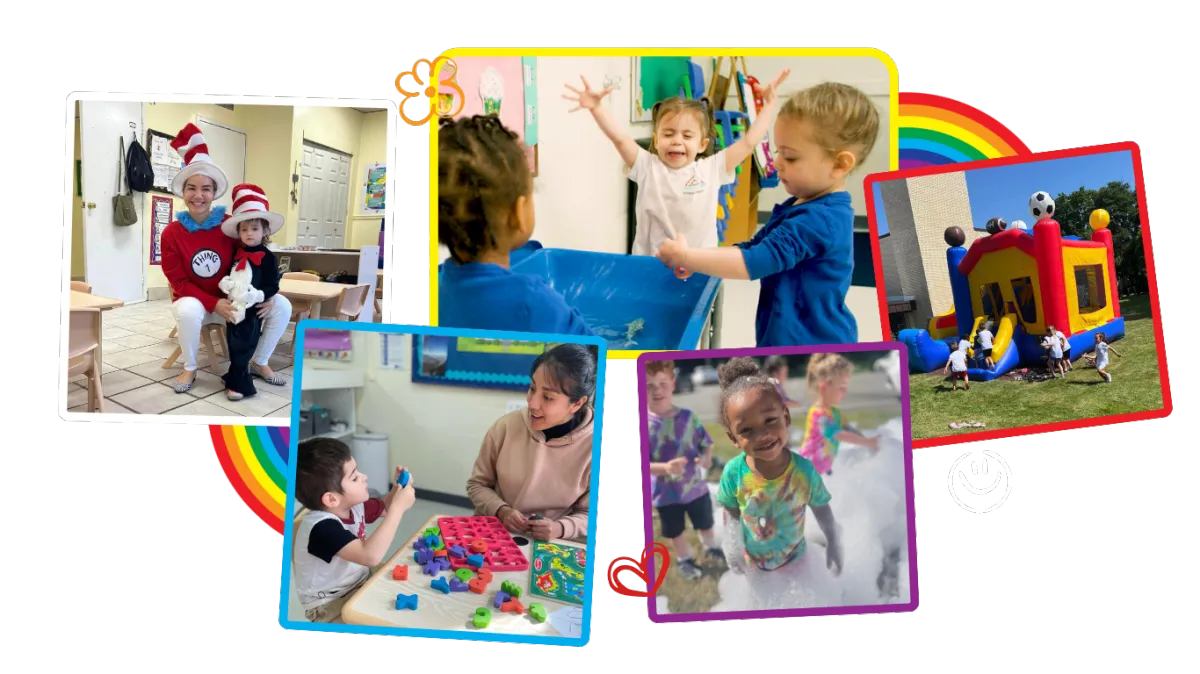
HERE'S WHAT OUR HAPPY PARENTS
HAVE TO SAY
HERE'S WHAT OUR HAPPY PARENTS HAVE TO SAY
Some of the aspects that make our facility unique include:
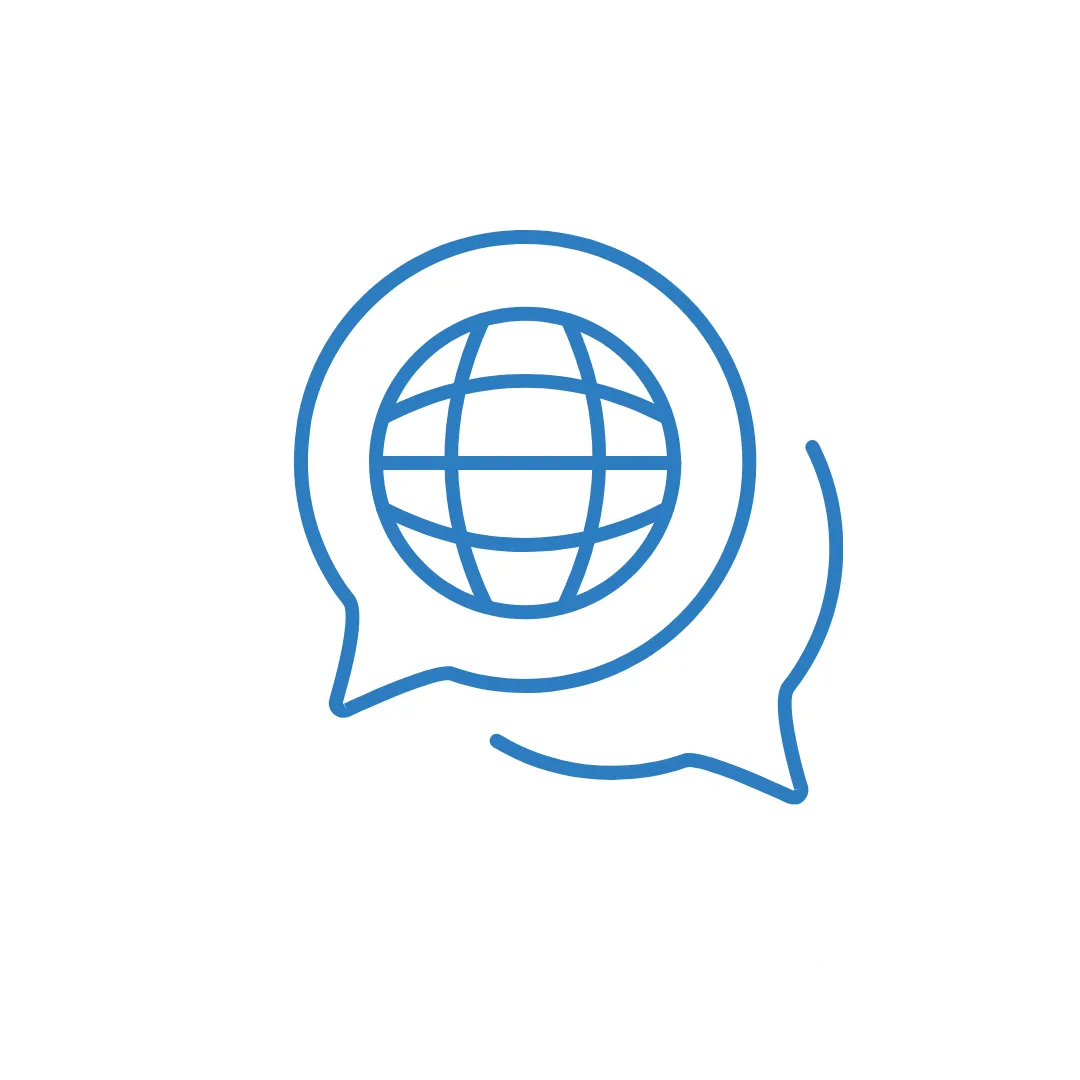
We are a Montessori Blended Spanish Bilingual Preschool, meaning that we offer a unique curriculum, that harnesses the natural curiosity of children to guide their education.
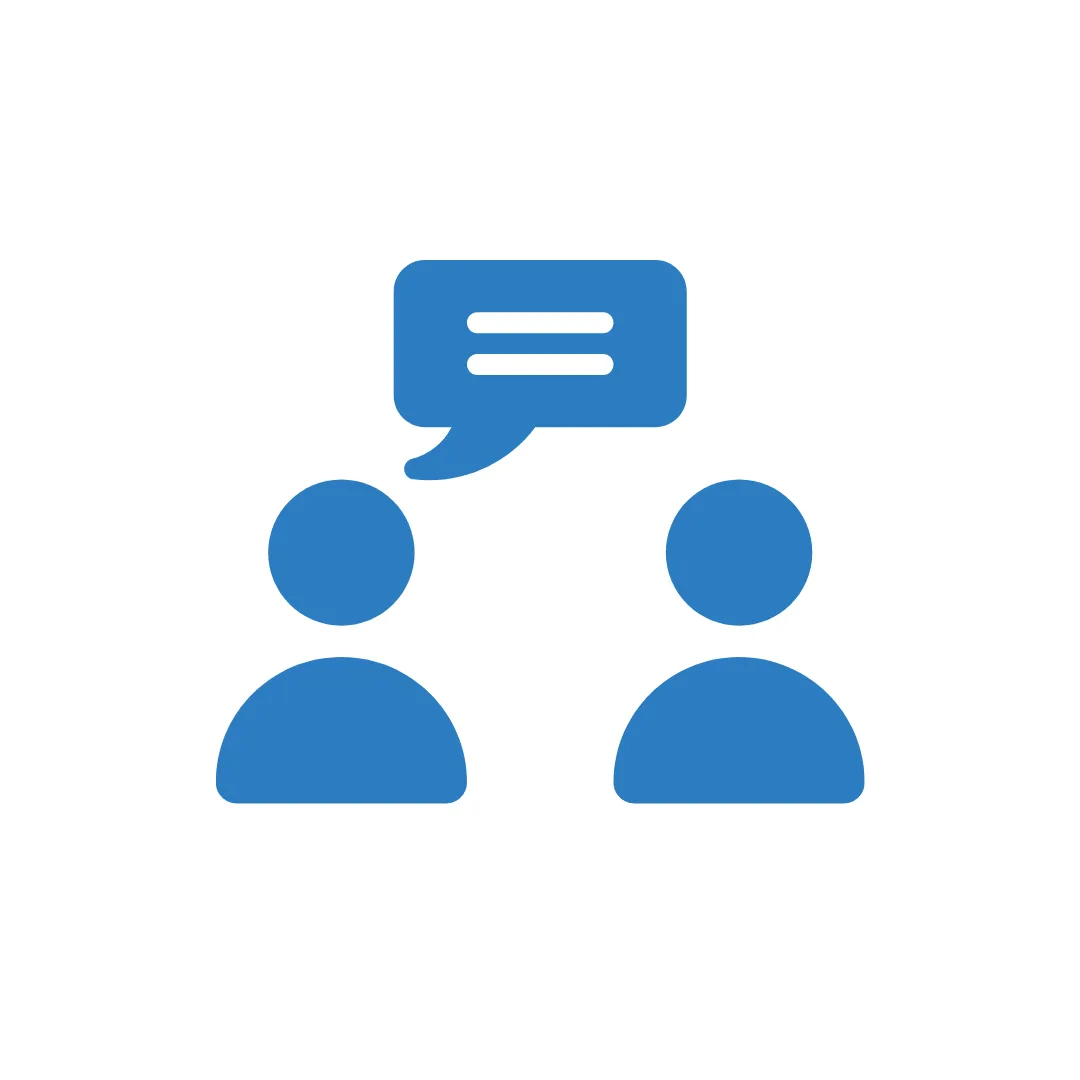
An emphasis on lots of 1:1 time between teachers and children.
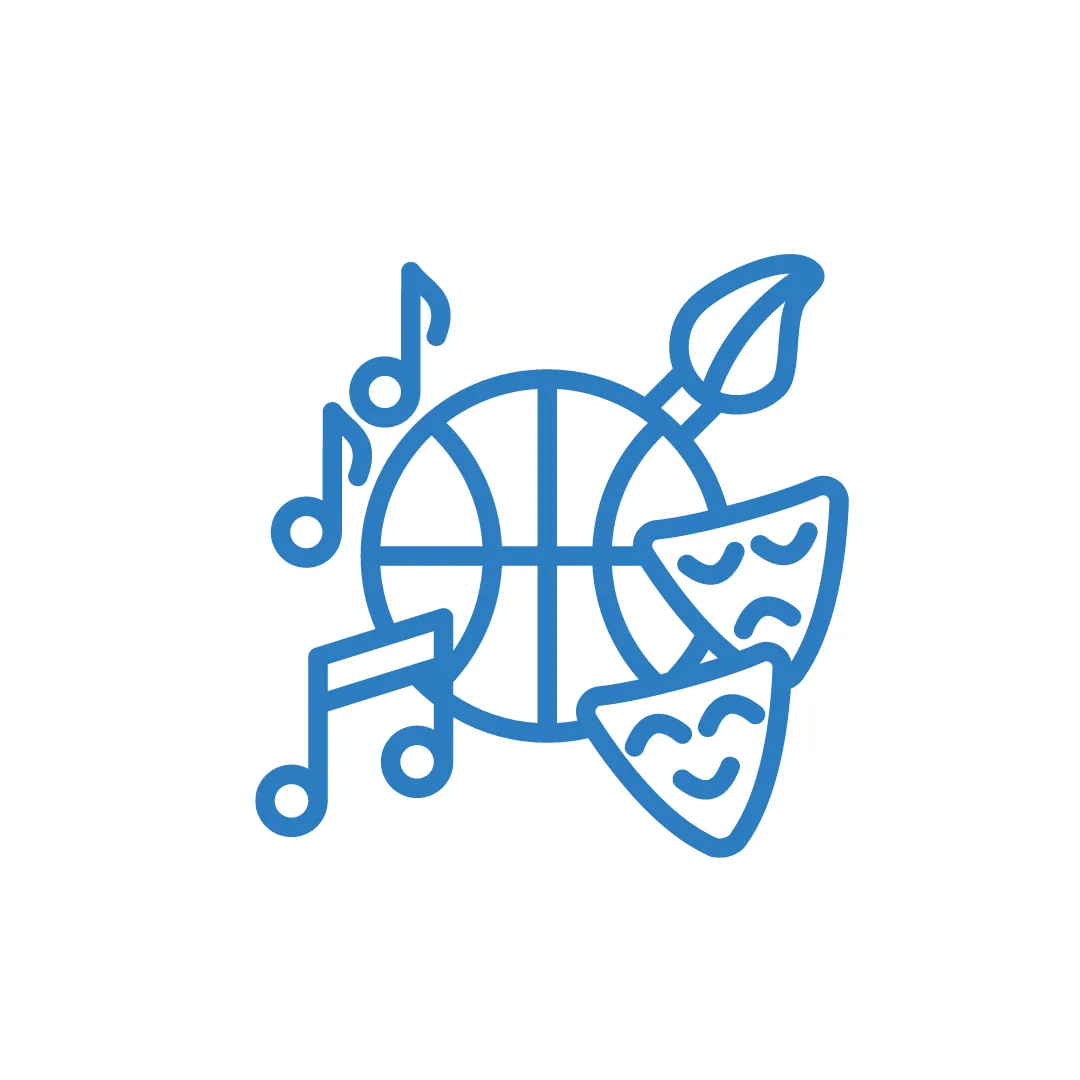
We offer multiple unique activities and skill workshops for children, including working with computers to prepare them for an ever more technologically based future.
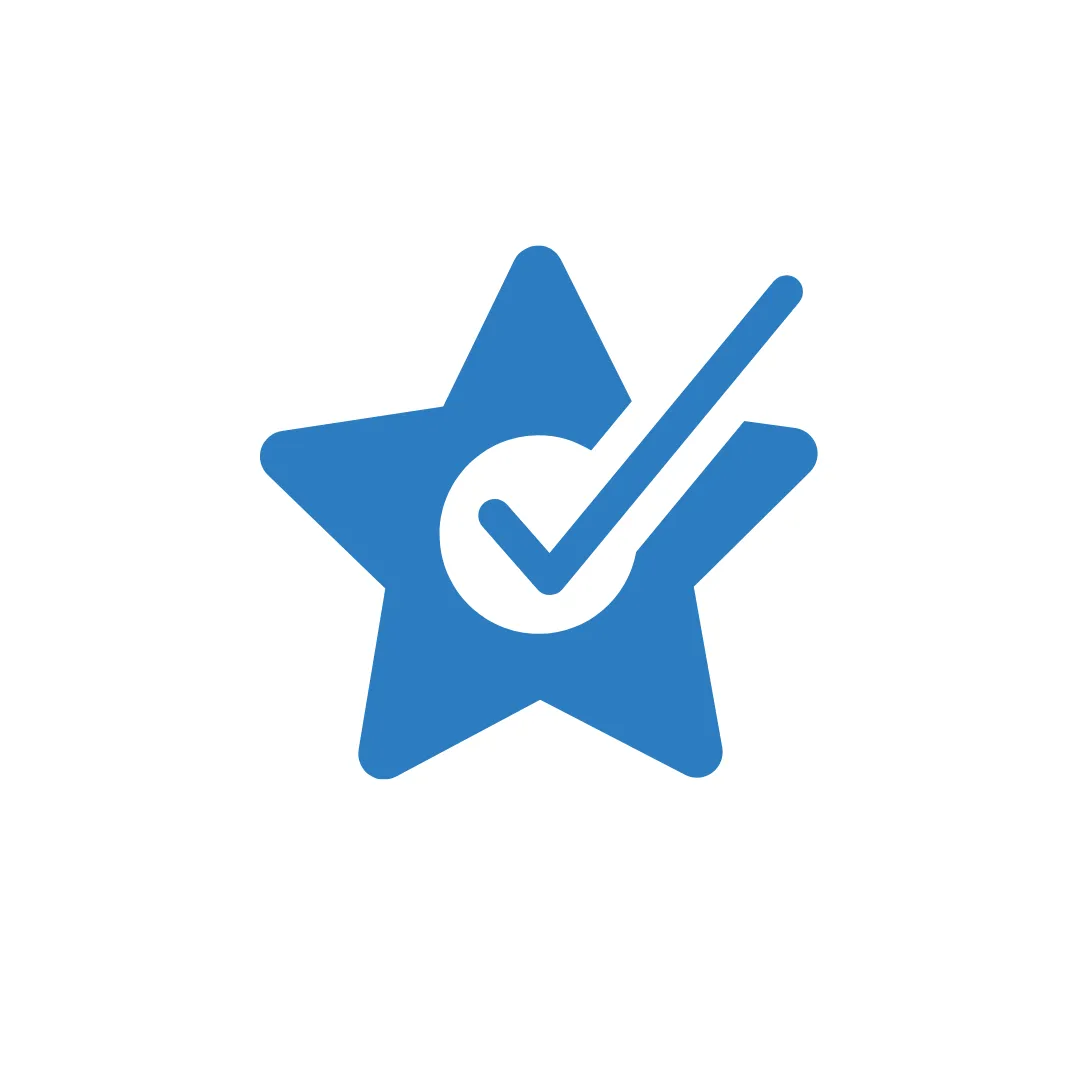
In terms of a child's development, we think of the future rather than the present. We want the children to thrive in life and we will do everything to set them up for success.
Here’s What Our Happy Parents Have To Say
We LOVE our parents and carers and we're so proud to share some of their thoughts with you…
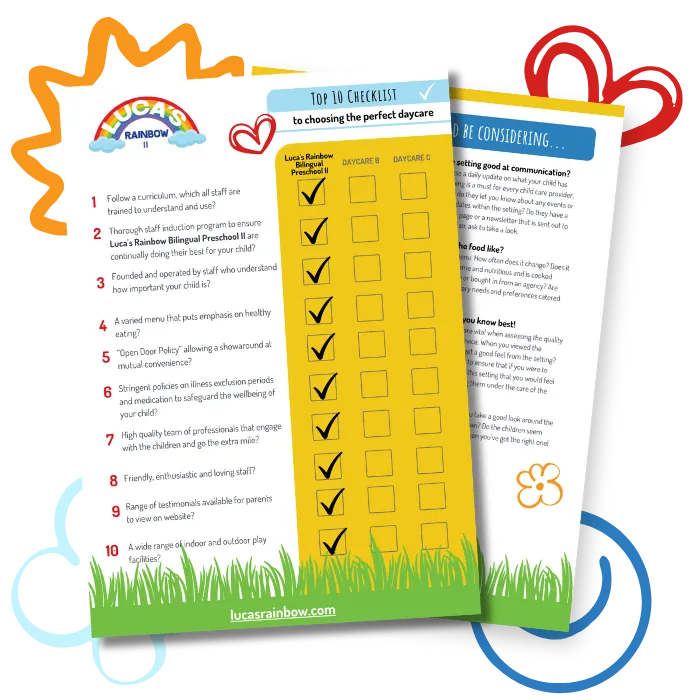
The Best Childcare and Preschool in Virginia
for your child
We know how hard it can be choosing the perfect place for your little ones to learn and grow. So we have made it simple for you to find out exactly what to look for when choosing the perfect daycare. Get your copy now…

Here's What Our Team Have To Say
We LOVE our team and we're so proud to share some of their thoughts with you ....
Our Commitment To Safety
Here at Luca's Rainbow Bilingual Preschool we take the safety of everyone seriously. We have put protective measures in place throughout our daycare.
Now, more than ever, maintaining a safe, clean, secure facility is vital. We have been committed to this cause from day one, and we are fully transparent so that parents can check in at any time.
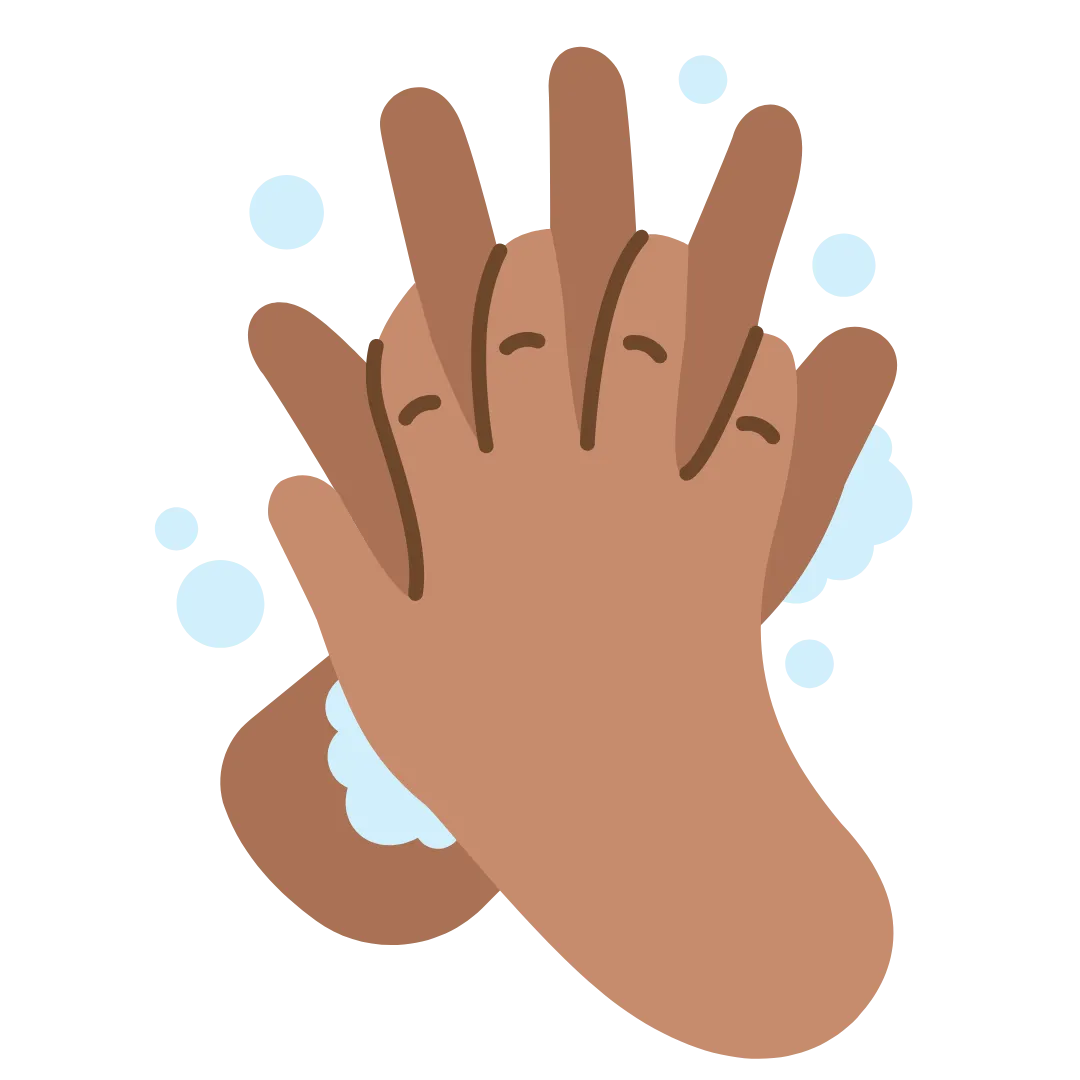
Cleanliness Protocols
We use thorough cleaning methods to maintain an environment that stops the spread of germs. We also teach good hygiene, including diligent handwashing.
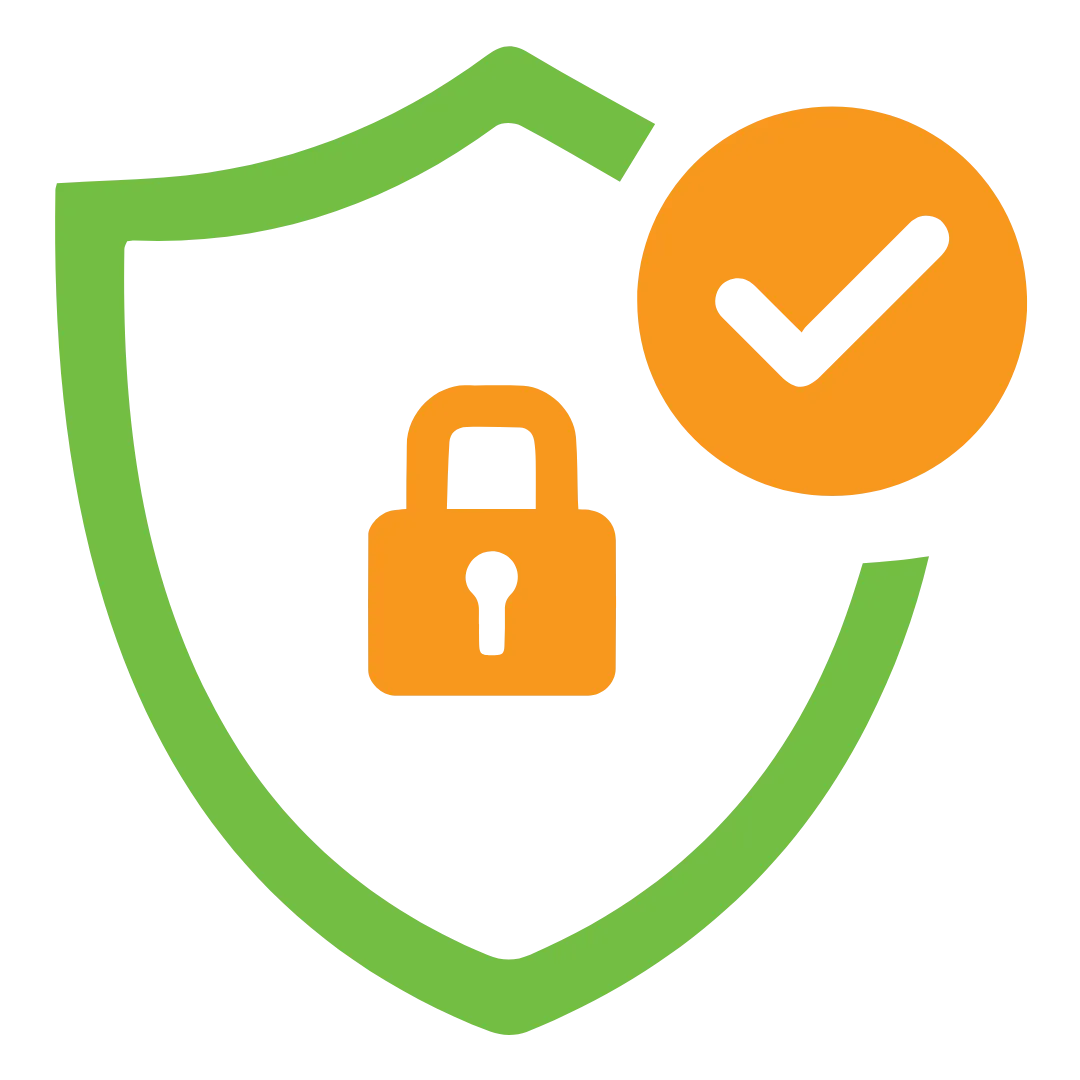
Security
We strictly limit access to our facility to authorized personnel and parents and family members who have express permission to be here. Your child’s safety is our top priority.
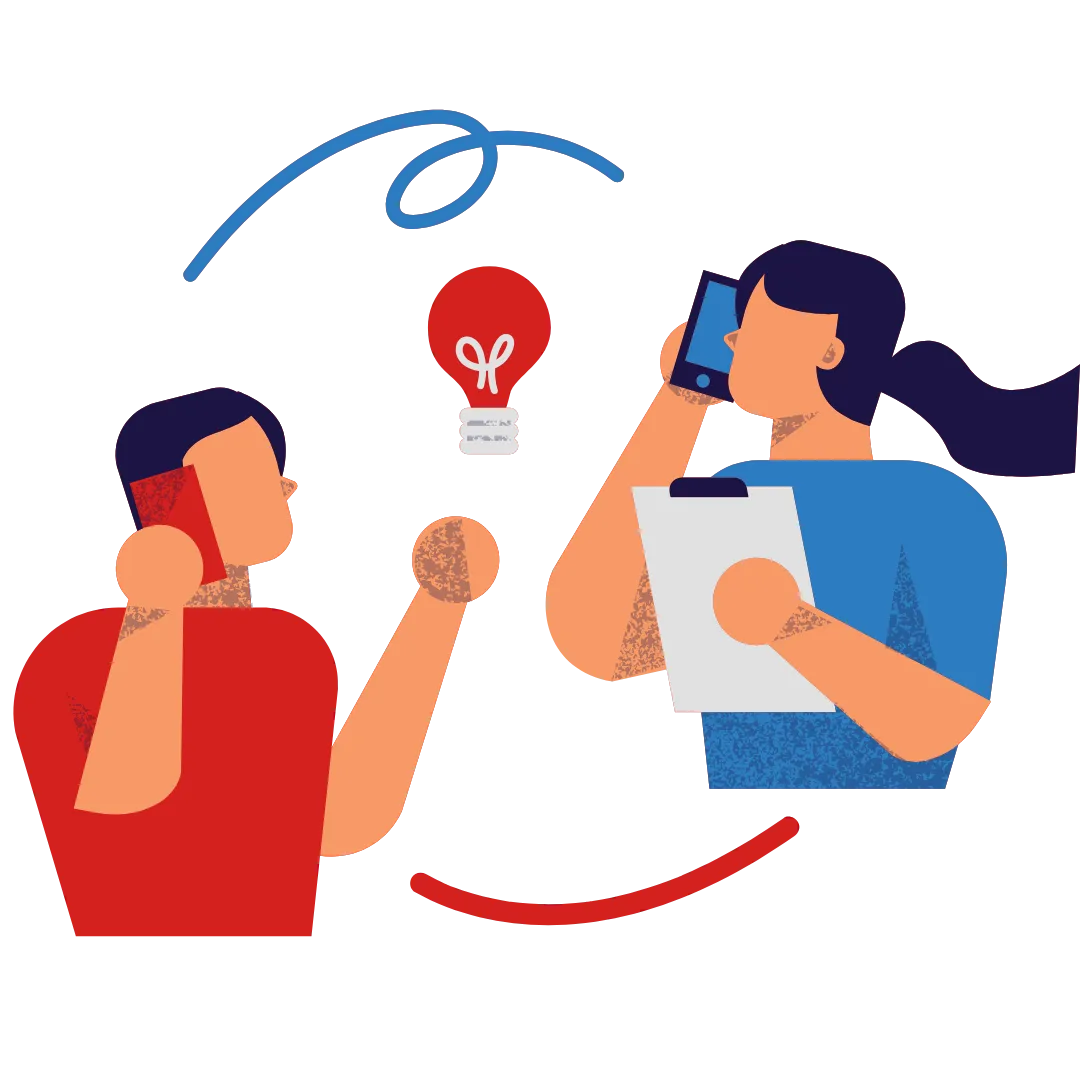
Transparency
We understand that you’re probably wondering what your child is up to when they’re not with you. That’s why we allow parents to check in with us at any time.
HERE'S WHAT OUR HAPPY TEAM HAVE TO SAY
Did you know that we offer transport services?
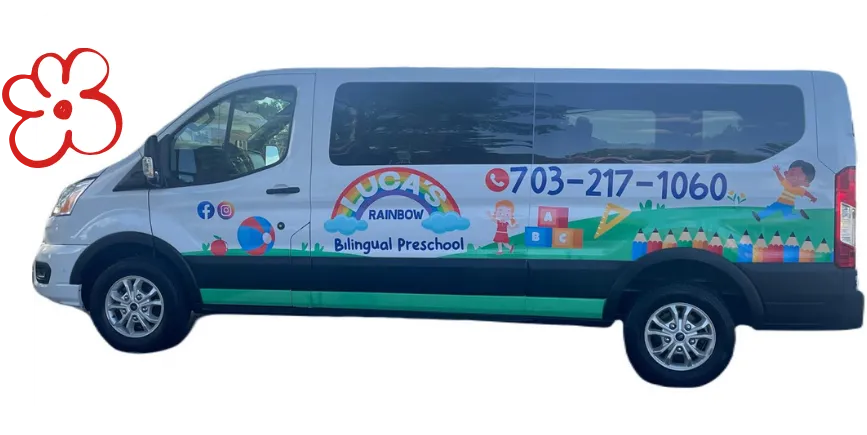
Schedule a Tour at Luca's Rainbow Bilingual Preschool
The best way to discover what makes Luca’s Rainbow special is to see it firsthand. We can provide engaging and interactive tours at our Springfield location daily. We look forward to meeting you soon and getting to know you and your child more!
Luca's Rainbow Bilingual Preschool
6335 Little River Turnpike, Alexandria, VA 22312
Luca's Rainbow Bilingual Preschool
Luca's Rainbow Bilingual Preschool, 5312 Backlick Rd. Springfield, VA, 22151
Privacy Policy | Copyright © 2022 Luca's Rainbow Bilingual Preschool
